I have a dataset consisting of 3 variables (a, b, c) and one response (d).
df <- structure(list(a = c(0.9973, 0.9965, 1.002, 1.0019, 1.001, 1.0031,
1.0005, 1.0009, 1.0007, 0.9977, 1.0004, 1.001, 0.9936, 0.9945,
1.0056, 1.0004, 0.9969, 0.9977, 1.001, 0.9876), b = c(-4.0841,
-4.216, -4.1469, -4.1418, -4.1919, -4.1953, -4.3314, -4.1205,
-4.2449, -4.0841, -4.276, -4.3396, -4.2885, -4.1386, -4.0689,
-4.2229, -4.3886, -4.2267, -4.0344, -4.6152), c = c(32.04, 18.52,
26.01, 25.65, 21.44, 22.26, 21.8, 21.6, 17.38, 13.84, 20.19,
27.66, 20.85, 18.71, 22.18, 17.25, 26.78, 28.08, 25.9, 16.68),
d = c(2241, 2231, 2231, 2220, 2218, 2216, 2210, 2204,
2202, 2194, 2157, 2028, 1853, 1850, 1770, 1755, 1679,
1673, 1673, 1645)), .Names = c("a", "b", "c", "d"), class = "data.frame", row.names = c(NA,
-20))
My goal is to use facet in ggplot2 to create a plot with a common y-axis of d, and three facets having x-axes of a, b, and c respectively -- in other words, d vs a, d vs. b, and d vs. c adjacent to each other with a common y-axis. An approximation of my goal can be shown in base R with:
par(mfrow=c(1,3))
plot(df$a, df$d)
plot(df$b, df$d)
plot(df$c, df$d)
I'd like to do this with ggplot and without repeating the y-axis. I've seen similar plots, but they usually involve one x-axis repeated several times. I've tried to melt the data (i.e. from reshape2) but I haven't come up with an orientation that works for me.
It would also be visually desirable to have each of d vs. a, d vs. b, and d vs. c be a different color.
Thanks in advance for your help!


